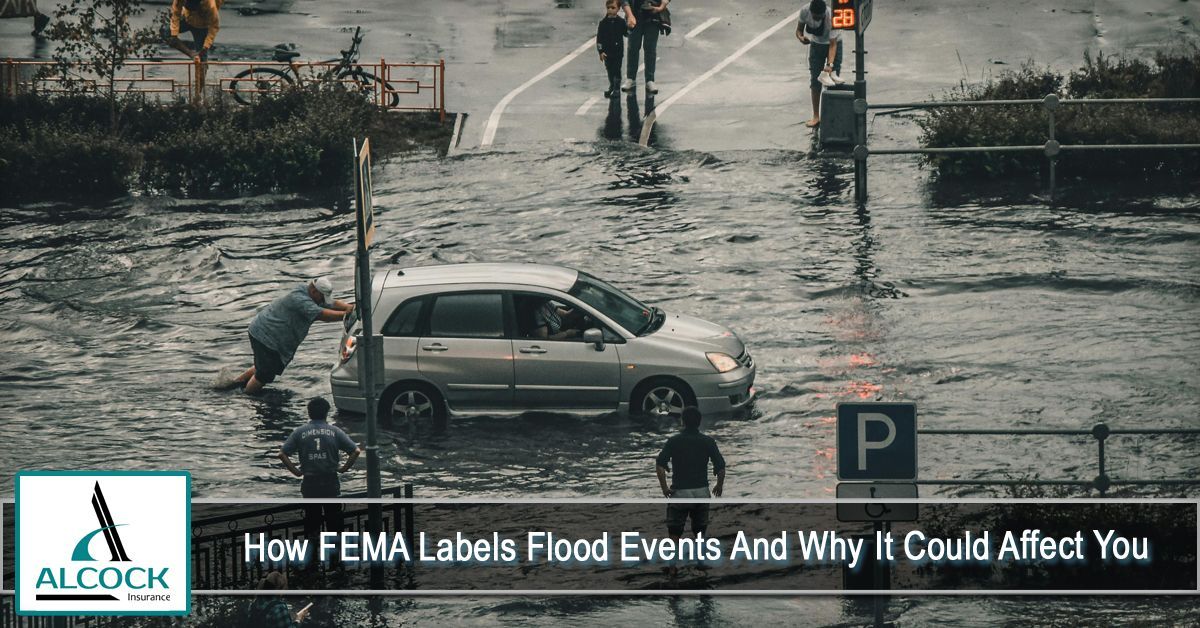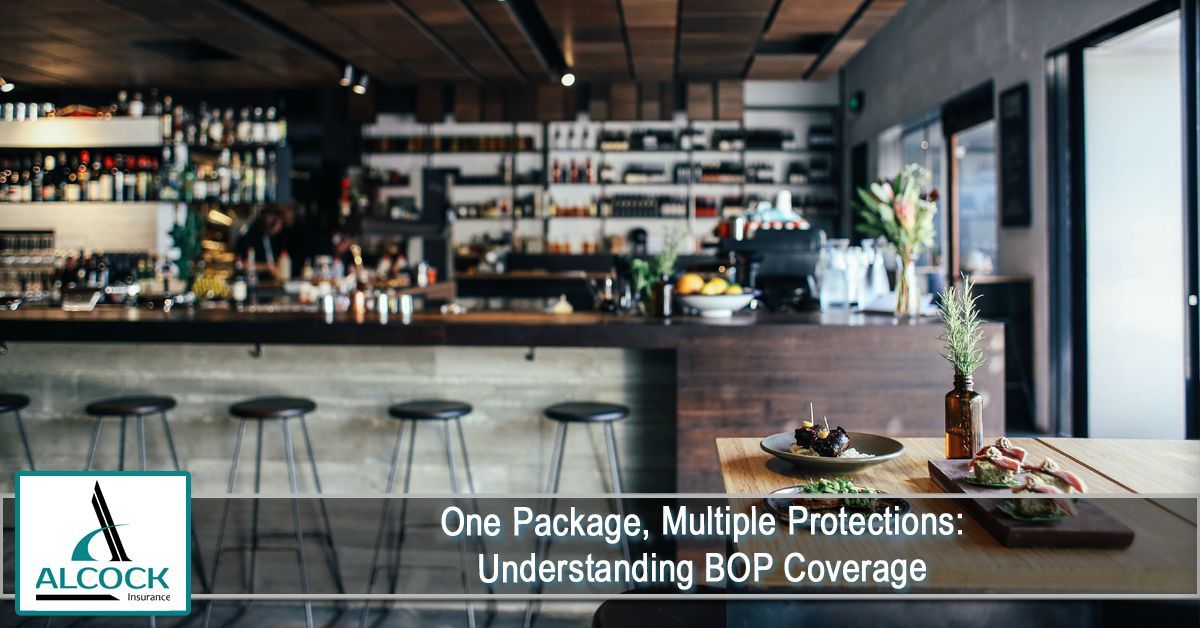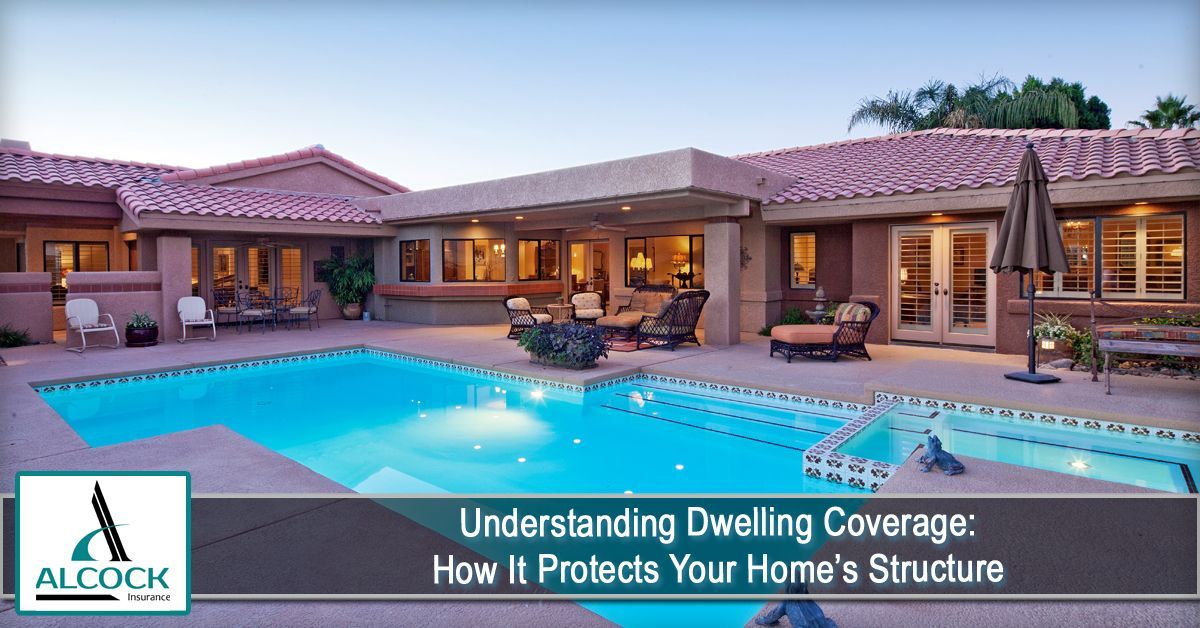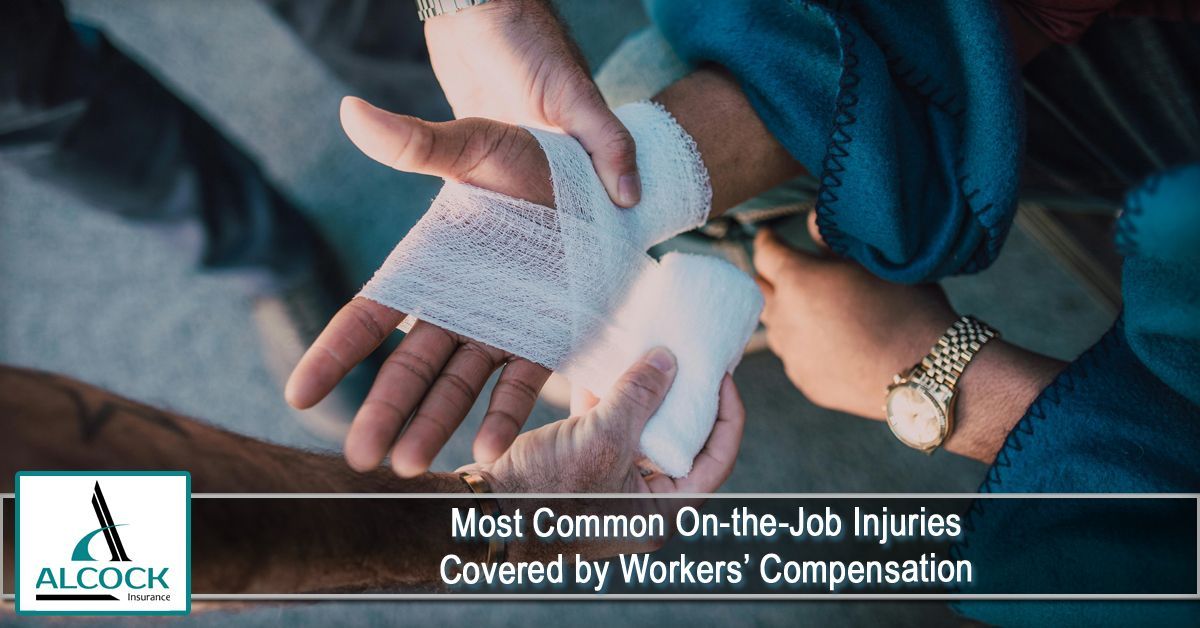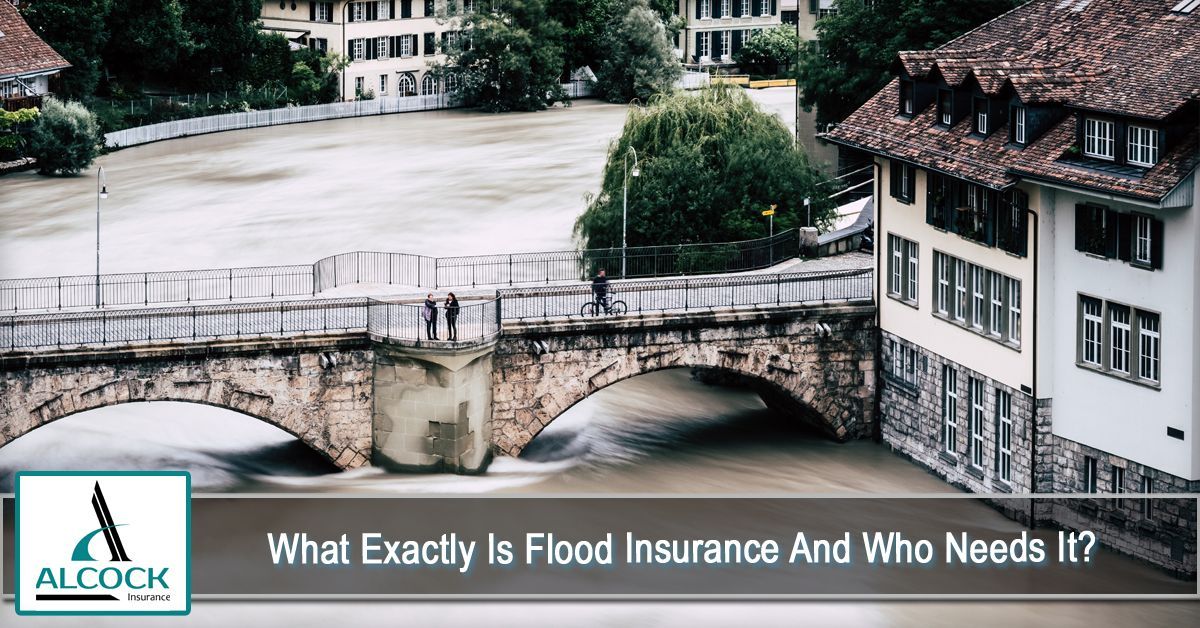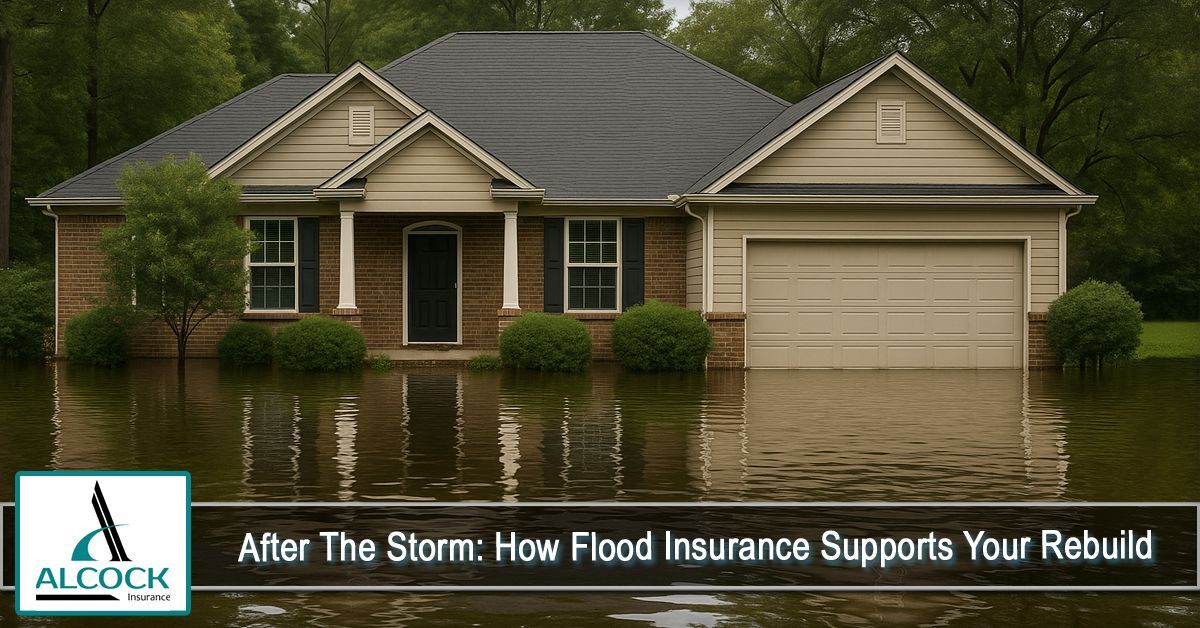
When floodwaters recede, the real work begins—making your home safe, livable, and code-compliant again. Flood insurance is designed to fund that recovery, from debris removal and drying to rebuilding and even certain mitigation upgrades. Below is what coverage typically provides, how the claims process works, and how to use your policy wisely so you can rebuild stronger.
What Flood Insurance Typically Covers After a Flood
Flood insurance (such as an NFIP policy sold through participating insurers) can help pay for:
- Structural repairs:
Damage to walls, floors, built-ins, and other parts of the insured building (up to your building coverage limit).
- Personal property: Furniture, clothing, appliances, and other belongings inside the home (up to your contents limit). Coverage is usually on actual cash value (ACV) for contents; some building items may qualify for replacement cost if eligibility criteria are met.
- Debris removal & cleanup: The reasonable cost to remove flood-damaged covered property and flood-borne debris.
- Temporary measures: Reasonable, necessary steps to protect the property from further damage (e.g., tarps, safe dry-out). Keep all receipts.
Important limits to know (NFIP): Maximum residential building coverage is typically $250,000 and contents $100,000 under the National Flood Insurance Program; some owners purchase excess/private flood to go higher.
The Claims Process: What To Do (Step-by-Step)
- Report your loss immediately. Contact your insurer/agent to open a claim; you’ll be assigned an adjuster.
- Document everything.
Before cleanup, photograph/video all rooms, water lines, and damaged items; keep a room-by-room inventory with model/serial numbers when possible. Save all receipts.
- Start safe cleanup. Remove standing water, ventilate and dry, and dispose of hazardous debris while keeping samples of materials when advised. Debris removal of covered property is generally insurable—retain invoices.
- Meet the adjuster.
Walk through damage; provide your documentation. Ask about building vs. contents coverage and any potential ICC eligibility.
- Submit Proof of Loss if required.
Follow your insurer’s instructions for forms, deadlines, and supplemental claims if hidden damage is later discovered.
- Coordinate permits & code compliance. If your community declares substantial damage, speak with the local floodplain administrator about ICC steps before rebuilding.
Smart Ways to Use Your Policy When Rebuilding
- Prioritize health & safety:
Electrical systems, HVAC, and contaminated materials often need replacement first to avoid hazards and mold growth.
- Mitigate during repairs: If eligible for ICC, elevate utilities and living areas, use flood-resistant materials, and consider relocating critical systems above projected flood levels.
- Track code-driven costs separately:
ICC is earmarked for compliance measures; keeping separate estimates/invoices can speed reimbursement.
- Prevent contractor fraud: Get multiple written bids, verify licensing, avoid large upfront payments, and be cautious of unsolicited offers. (Unfortunately, post-disaster scams are common.)
Timing Myths & Realities (So You’re Secure Next Time)
There’s usually a 30-day waiting period before a new NFIP policy takes effect—don’t wait for a storm to buy coverage. There are specific exceptions (e.g., certain loan transactions, post-wildfire flooding on federal land, and others). Ask your agent which apply to you.
Quick Checklist: Documents & Details to Save
- Policy number and insurer contact
- Photos/videos (wide and close-ups), dated
- Itemized list of damaged contents with values
- Receipts for: pumps, fans/dehumidifiers, tarps, debris removal, protective materials, temporary lodging
- Contractor estimates and permits (keep ICC-related costs distinct) agents.floodsmart.govFloodsmart
FAQs
Does flood insurance cover temporary housing?
NFIP policies do not include Additional Living Expense (ALE) coverage; check whether your homeowners policy or disaster assistance may help. (Coverage varies; verify with your carrier.)
Can I get more than $250,000 for the building?
NFIP limits for a single-family dwelling are typically $250,000 (building) and $100,000 (contents). Some insurers offer excess/private flood to extend limits.
What if my HOA/condo building floods?
Unit owners may need their own contents/walls-in coverage; the association’s master policy does not automatically cover your belongings or interior finishes. Review both policies to avoid gaps.
Bottom Line
Flood insurance is the most reliable way to fund recovery after a major flood. It pays for structural repairs, covered contents, cleanup, and—when required—code-compliant mitigation through ICC (up to $30,000) so you can rebuild stronger. The key is acting fast, documenting thoroughly, and coordinating early with your insurer, contractor, and local officials.
At Alcock Insurance, we are committed to offering our clients a wide range of comprehensive and affordable insurance policies. We go above and beyond to ensure that we meet your unique needs with tailored solutions. To find out more about how we can assist you, please reach out to our agency at (252) 353-1700 or CLICK HERE to request a free, no-obligation quote.
Disclaimer: The content provided in this blog is for informational purposes only and should not be considered professional advice. For personalized guidance, it is important to consult with a qualified insurance agent or professional. They can offer expert advice tailored to your individual situation and help you make well-informed decisions about your insurance coverage.
